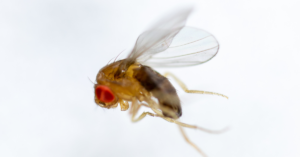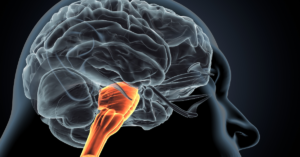
Snapshot: What is a Meta-Analysis?
Meta-analysis refers to a research process. You might think of it as a ‘Cliff’s Notes’ summary that compiles, evaluates, and synthesizes all of the individual research reports that were completed by the others. Using statistics, a meta-analysis synthesizes the findings of multiple similar scientific studies to produce an overall result. Read More…

















